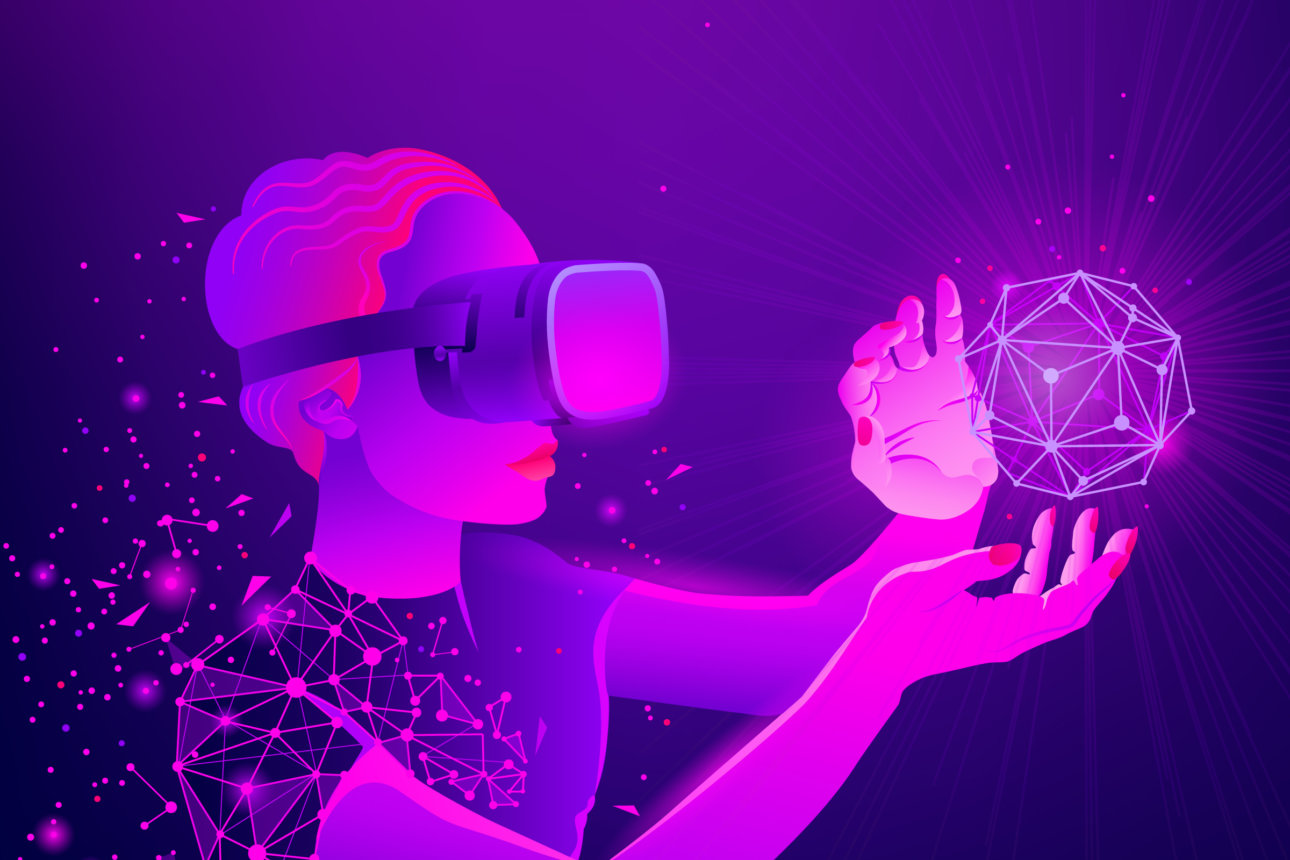
In the realm of Extended Reality (XR) development, the ultimate goal is to craft experiences that transcend the ordinary, leaving a lasting impression on users and igniting their imagination. Whether it’s Virtual Reality (VR), Augmented Reality (AR), or Mixed Reality (MR), the art of XR development lies in weaving together technology and creativity to create VR training solutions development immersive worlds, interactive narratives, and transformative experiences. In this article, we’ll delve into the intricacies of XR development, exploring the principles, techniques, and strategies that contribute to the creation of memorable experiences in the digital realm.
Understanding the Art of XR Development
At its core, the art of XR development involves blending cutting-edge technology with artistic vision and storytelling prowess. It’s about creating experiences that engage the senses, evoke emotions, and transport users to new worlds and realities. From the design of virtual environments to the integration of interactive elements and the crafting of compelling narratives, every aspect of XR development contributes to the overall experience and its impact on users.
Immersion and Presence
Central to the art of XR development is the concept of immersion and presence – the feeling of being fully absorbed in a virtual environment and believing that it’s real. Achieving immersion and presence requires careful attention to detail, from the visual fidelity of the environment to the responsiveness of interactive elements and the quality of spatial audio. By creating a sense of presence, XR developers can heighten the user’s engagement and create memorable experiences that feel authentic and compelling.
Storytelling and Narrative Design
Storytelling plays a crucial role in the art of XR development, providing a framework for guiding users through immersive experiences and creating emotional connections. Whether it’s through interactive narratives, branching storylines, or environmental storytelling, the art of XR development involves crafting compelling stories that resonate with users and draw them into the virtual world. By leveraging the unique affordances of XR technologies, developers can create narrative experiences that are dynamic, interactive, and deeply immersive.
Interaction Design and User Experience
The art of XR development extends to interaction design and user experience, ensuring that users can navigate and interact with virtual environments intuitively and seamlessly. From the design of user interfaces to the implementation of gesture-based controls and spatial interactions, every aspect of the user experience contributes to the overall immersion and enjoyment of the XR experience. By prioritizing usability, accessibility, and user feedback, developers can create experiences that are engaging, intuitive, and memorable.
Aesthetic Design and Visual Artistry
Visual aesthetics play a critical role in the art of XR development, shaping the look and feel of virtual environments and evoking emotional responses from users. From the design of 3d assets and environments to the use of lighting, color, and visual effects, the art of XR development involves creating visually stunning and immersive experiences that captivate the imagination. By leveraging principles of visual artistry and design, developers can create environments that are rich, vibrant, and visually captivating, enhancing the overall user experience and creating lasting impressions.
The power of Sound and Music
Sound and music are essential elements of the art of XR development, adding depth, atmosphere, and emotion to virtual environments. From spatial audio that creates a sense of presence and immersion to dynamic soundscapes that respond to user actions and environmental cues, audio design plays a crucial role in shaping the user’s perception of the virtual world. By leveraging the power of sound and music, developers can create experiences that are immersive, evocative, and memorable, enhancing the overall impact of the XR experience.
Conclusion
In conclusion, the art of XR development is a multifaceted endeavor that combines technology, creativity, and storytelling to create memorable experiences in the digital realm. By prioritizing immersion and presence, crafting compelling narratives, designing intuitive interactions, and leveraging principles of visual artistry and audio design, developers can create experiences that transcend the ordinary and leave a lasting impression on users. As XR technologies continue to evolve and mature, the art of XR development will play an increasingly important role in shaping the future of entertainment, education, communication, and beyond. As we look ahead to the future of XR development, one thing is clear: the possibilities are endless, and the artistry of XR development will continue to inspire and captivate audiences around the world.

